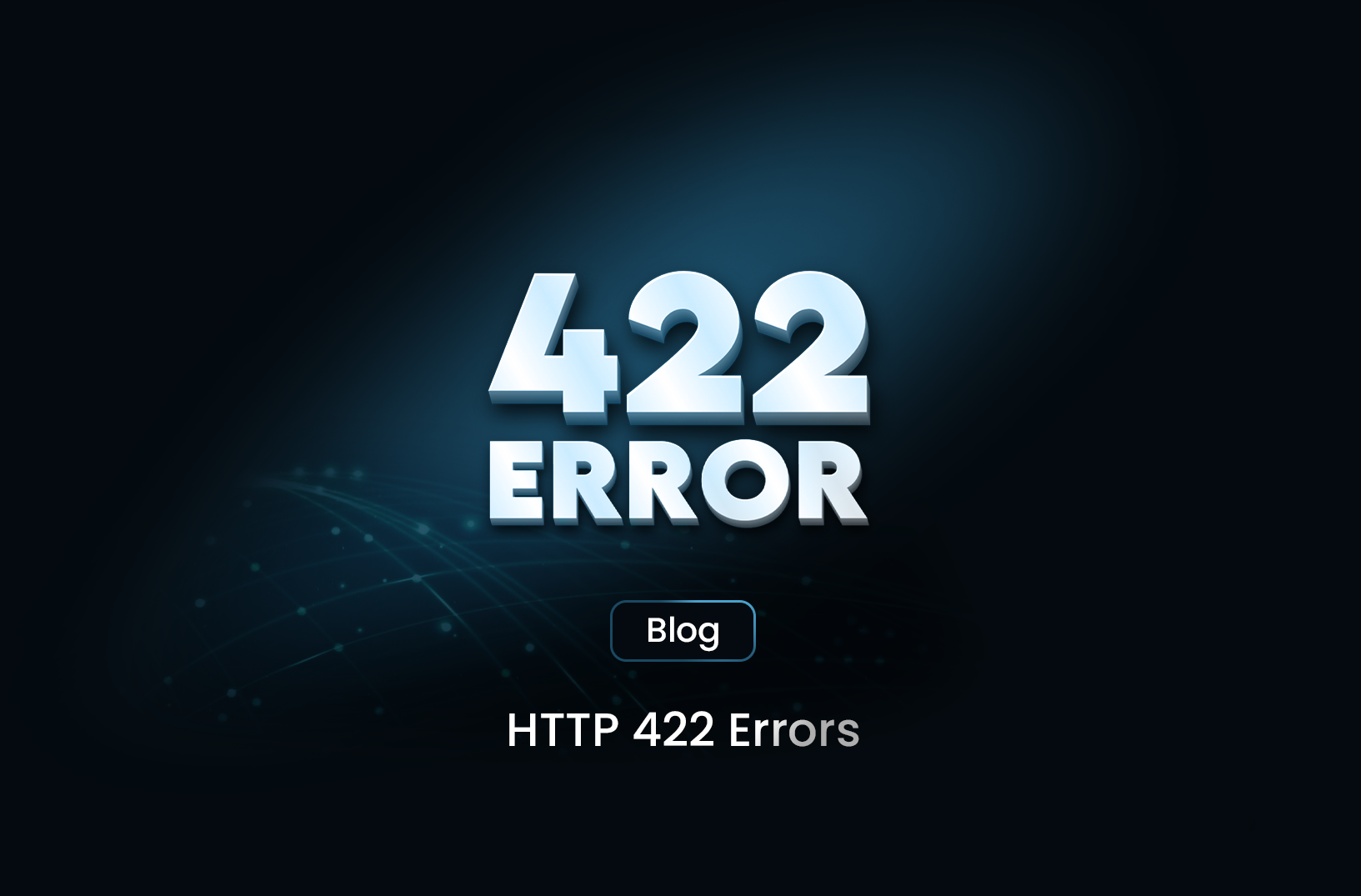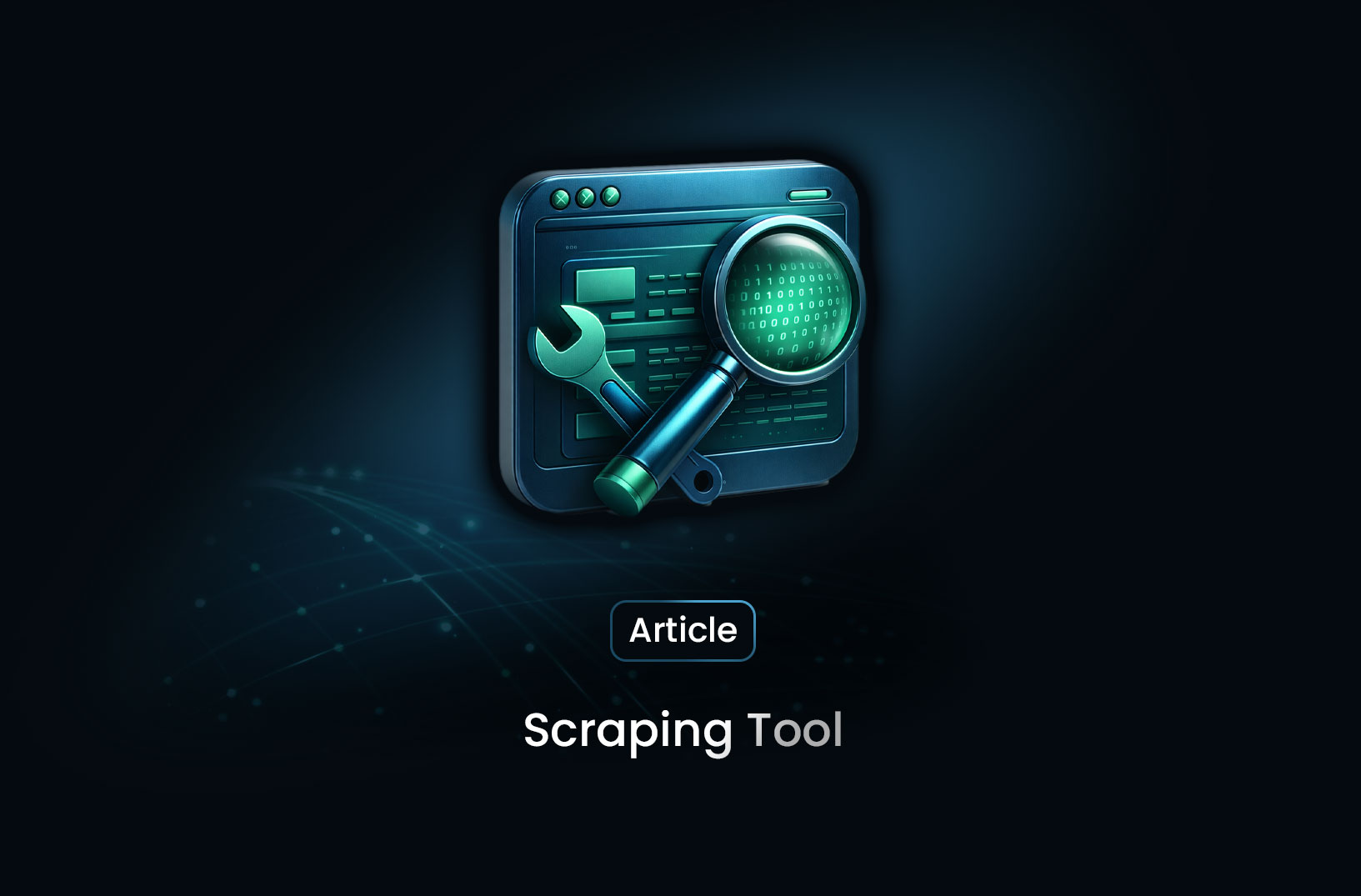
HTTP 422 Error Explained: Causes, Fixes, and Best Practices for Developers
GuideLearn what causes HTTP 422 errors, how to troubleshoot, and best practices for developers to avoid them.
HTTP status codes are vital for web developers and API users as they indicate the result of a server's response. The HTTP 422 error, or "Unprocessable Entity," is a common error in API requests and web interactions. In this guide, we'll break down what HTTP 422 means, explore why it occurs, and outline solutions to fix it.
What is the HTTP 422 Error?
The HTTP 422 status code signals that the server understands the request syntax but cannot process the instructions because of semantic issues. This error tells us that while the request itself is properly formed, it contains errors that prevent the server from fulfilling it.
Common Causes of HTTP 422 Errors
HTTP 422 errors can happen for various reasons, particularly in API requests or form submissions. Here are some common causes:
- Invalid JSON Structure: The JSON payload may be incorrectly formatted or missing critical elements.
- Incorrect Data Types: Sometimes, a server expects specific data types (e.g., strings instead of integers), and mismatched types trigger this error.
- Missing Required Fields: If the server requires certain fields, leaving them blank or undefined can result in a 422 response.
- Business Logic Violations: Some servers enforce rules on data, like unique constraints. Violating these rules could trigger HTTP 422.
How to Fix HTTP 422 Errors
To address HTTP 422 errors effectively, follow these steps:
- Validate JSON Format: Use JSON validation tools to ensure the syntax is correct and well-formed.
- Check Data Types and Values: Verify that each field’s data type matches what the server expects, such as integer vs. string.
- Include Required Fields: Review the API documentation or server requirements to confirm that all necessary fields are present.
- Review Business Logic Requirements: Ensure your data doesn’t violate any business rules or constraints set by the server.
Best Practices for Avoiding HTTP 422 Errors
Preventing HTTP 422 errors is often a matter of adhering to best practices in API interactions and data validation:
- Read API Documentation Carefully: Understand the required fields, data types, and business rules before sending requests.
- Use Validation Libraries: Tools like JSON Schema or custom validation libraries can help ensure data correctness.
- Test Requests in Small Batches: If handling large datasets, start with a small subset to verify the request's structure and content.
Example Output Formats for JSON and CSV
Here’s how an HTTP 422 error might look in JSON and CSV format:
- JSON Example:
{
"status": "422",
"error": "Unprocessable Entity",
"message": "The JSON structure is invalid"
}
- CSV Example:
status,error,message
422,Unprocessable Entity,The JSON structure is invalid
Why Understanding HTTP 422 is Important for Developers
For developers working with APIs, understanding and handling HTTP 422 errors can improve both development efficiency and the end-user experience. These errors often provide insights into how data should be structured, offering valuable feedback for improving application robustness.
Conclusion
The HTTP 422 error is an essential code for developers working with web APIs and data validation. By understanding its causes and fixes, you can streamline the development process and improve error handling in your applications.
Find more insights here

Web Scraping with Node.js: A Practical Developer Guide
Learn how to scrape websites using Node.js with practical examples. This guide covers Axios, Cheerio...

Web Scraping with Go: A Developer’s Guide
Learn how to build web scrapers using Go (Golang). This guide covers net/http, goquery, Colly, concu...

Scraping Tool: What It Is, How It Works, and How to Choose the Right One
Learn what a scraping tool is, how web scraping tools work, common use cases, and how to choose the...
